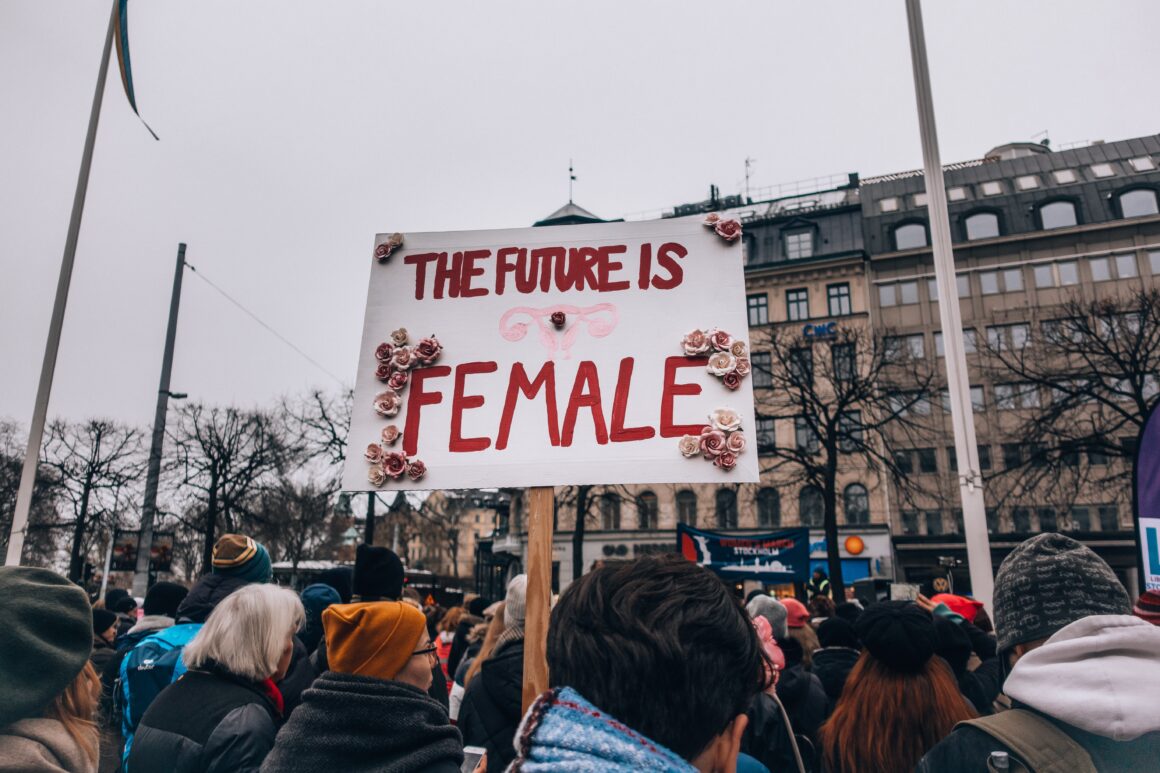The Bechdel test is a way of evaluating whether or not a film or other work of fiction portrays women in a way that is sexist or characterized by gender stereotyping. To pass the Bechdel test a work must feature at least two women, these women must talk to each other, and their conversation must concern something other than a man. Sometimes, in order to pass the Bechdel test, a work of fiction must name the two women.
The Bechdel test was created by Alison Bechdel in her 1985 comic, “Dykes To Watch Out For”. However, Alison says that she can’t claim credit for the actual “rule.” She stole it from a friend, Liz Wallace, whose name is on the marquee in the comic strip.
Although the Bechdel test is an excellent way to gauge the levels of gender inequality in movies and other fictional works, it isn’t always accurate. For example, American Pie 2 (2001) passes the Bechdel test because of a conversation between Vicky and Jessica in which they talk about clothes. Whereas, Bad Moms (2016) passed with flying colours; there were plenty of scenes where at least two women were talking about the pressures of being a good mum, bake sales and picking their children up. Not only this but it fails the reverse-Bechdel test (In order to pass the reverse-Bechdel test a work of fiction must feature at least 2 men (preferably named) that have a conversation about something other than a woman), which annually only a small number of movies do.
Overall, I do think the Bechdel test is necessary if only to start discussions about inequalities found in the movies and other fictional works, but more than that, it sheds light on the male dominance found in every industry including the entertainment industry. Also, when thinking about gender inequality in movies you should also think about the racial inequalities found in the entertainment industry as a whole. For example, of the speaking characters in the 100 top films of 2014, 73.1 percent were “White,” 12.5 percent were “Black,” 5.3 percent were “Asian,” 4.9 percent were “Hispanic/Latino,” 2.9 percent were “Middle Eastern,” less than 1 percent were “American Indian/Alaskan Native or Native Hawaiian/Pacific Islander,” and 1.2 percent were from “other” racial and/or ethnic groupings. It is important to note that movies, such as American Pie 2, will pass the Bechdel test but with not as much meaningfulness as other films and just because they passed doesn’t automatically mean that the genders featured in the movies are equal. Hopefully in the near future passing the Bechdel test will be the ‘norm’ and we will no longer have to worry about gender inequality within movies and other fictional works.


